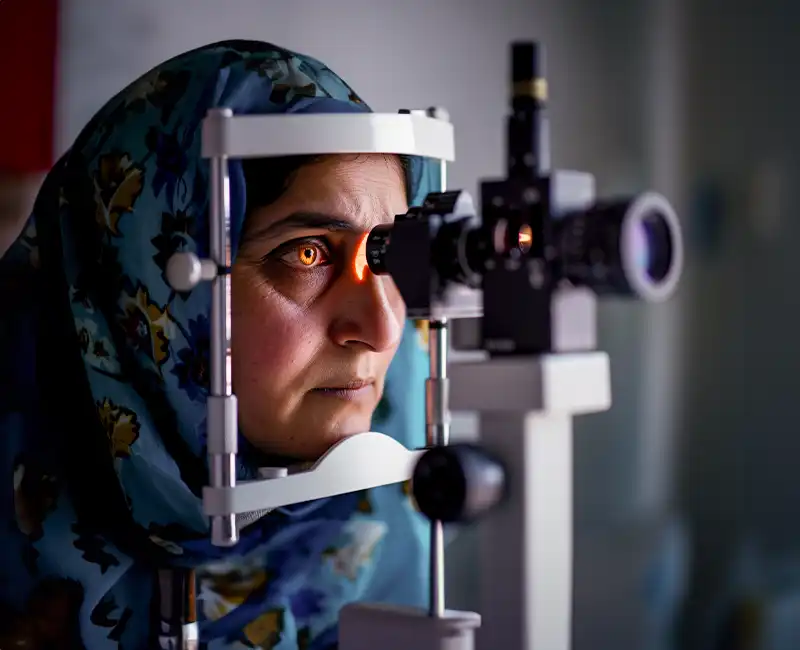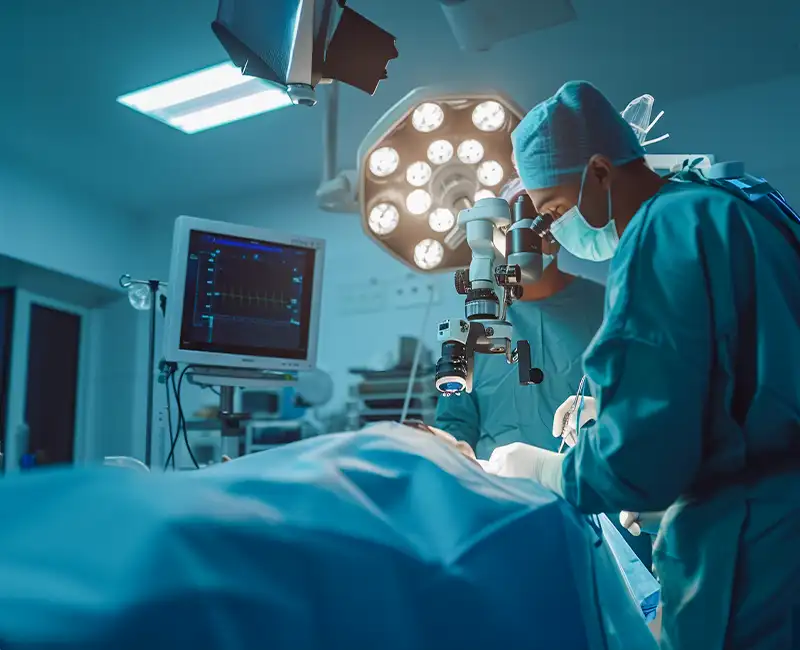
Ocular oncology, or eye cancer, encompasses the management of all tumors involving

In individuals experiencing refractive errors or visual impairments like nearsightedness or farsightedness, light rays fail to converge precisely onto the retina, resulting in the formation of blurry images. These discrepancies can be quantified as aberration patterns.
Often referred to as near-sightedness or short-sightedness, is a condition characterized by difficulty in seeing distant objects clearly.
It can be treated by spectacles, contact lenses, or refractive surgery.
Hyperopia, commonly referred to as long-sightedness, is a condition in which individuals have trouble seeing objects or reading up close without the use of corrective glasses.
It can be treated with spectacles, contact lenses or LASIK
LASIK (or Laser-Assisted In-Situ Keratomileusis) is the most modern surgical procedure for correcting vision problems like myopia, hyperopia, and astigmatism. This is an advanced laser vision correction technique in which the curvature of the cornea is reshaped using a laser that is capable of removing tissues with precision up to a micron level.
The Phakic IOL (Intraocular Lens) technique is a suitable option for individuals dealing with moderate to severe myopia, which means they have very high refractive powers and are not suitable candidates for LASIK surgery. This technique can effectively address both spherical errors and astigmatism. To correct these vision issues, Phakic IOLs such as the International ICL and TICL lenses are employed. It is a safe and efficient solution for those who are significantly nearsighted and wish to reduce their dependence on thick eyeglasses. Phakic IOLs are particularly advantageous for individuals who are not ideal candidates for customized LASIK procedures due to factors like low corneal thickness or flat corneas.